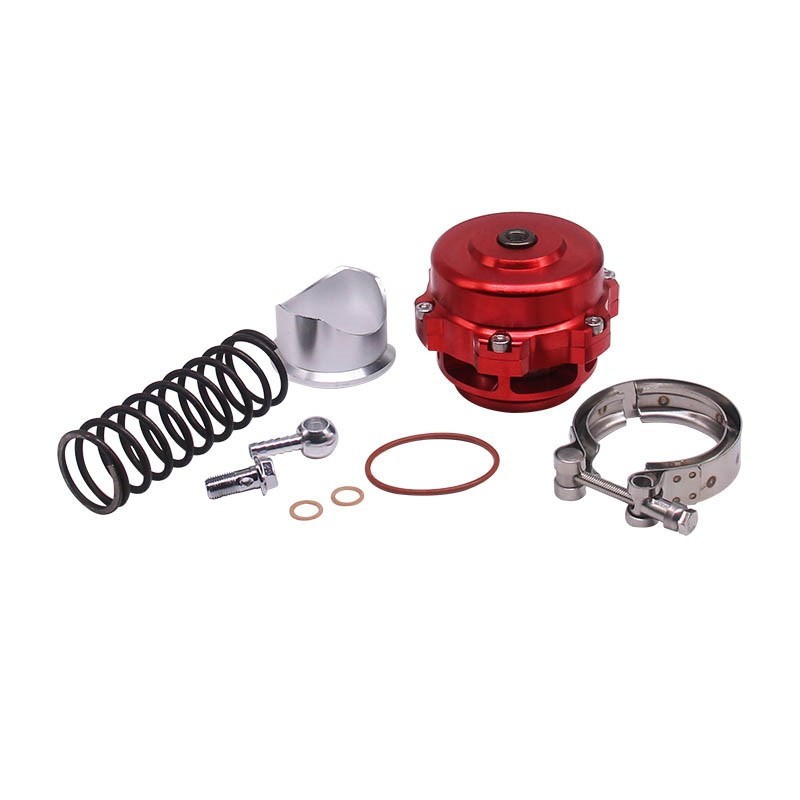
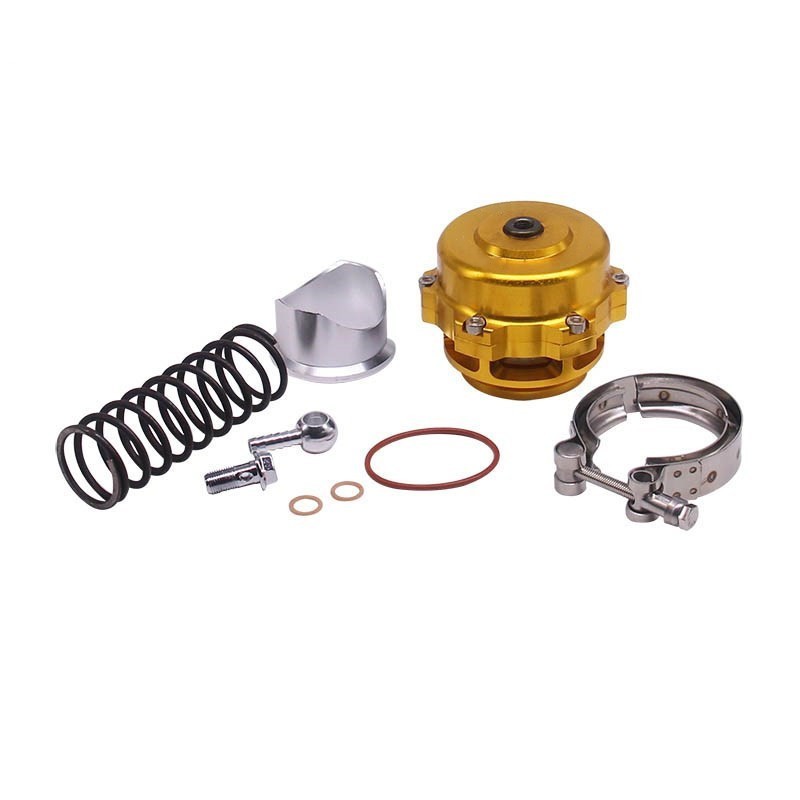
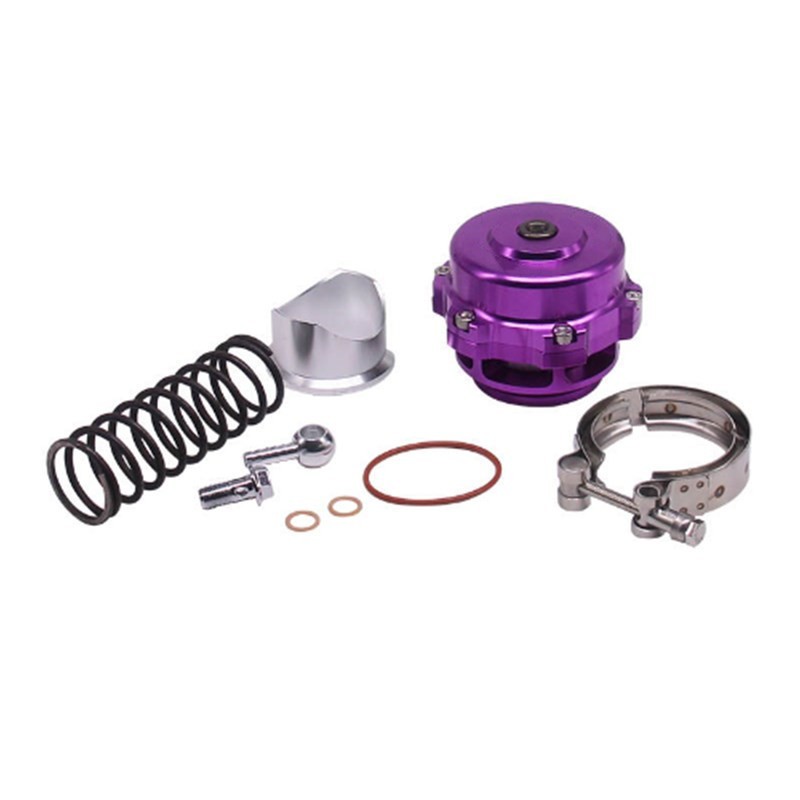
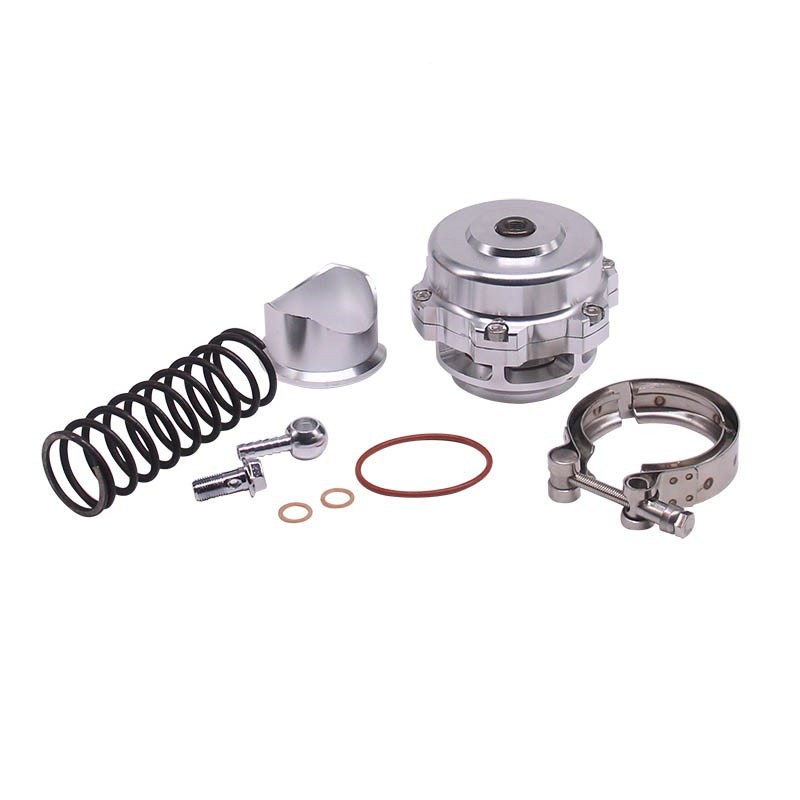
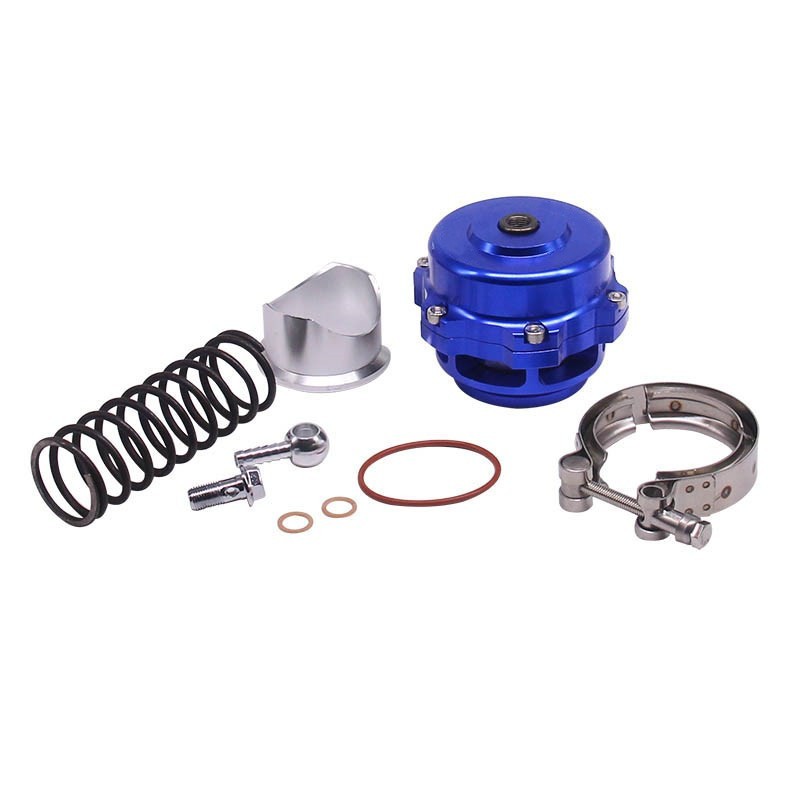
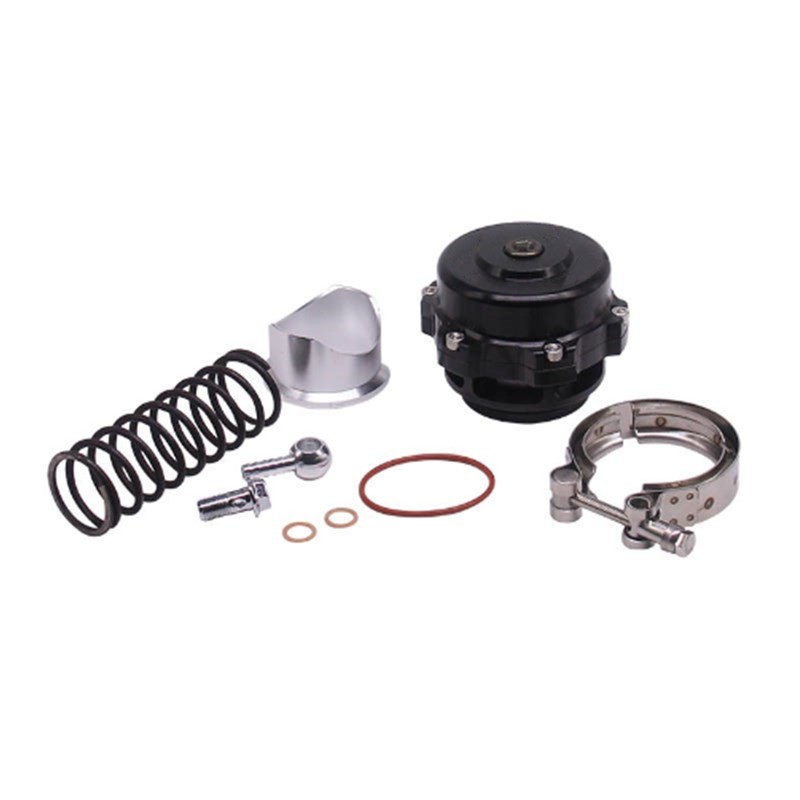
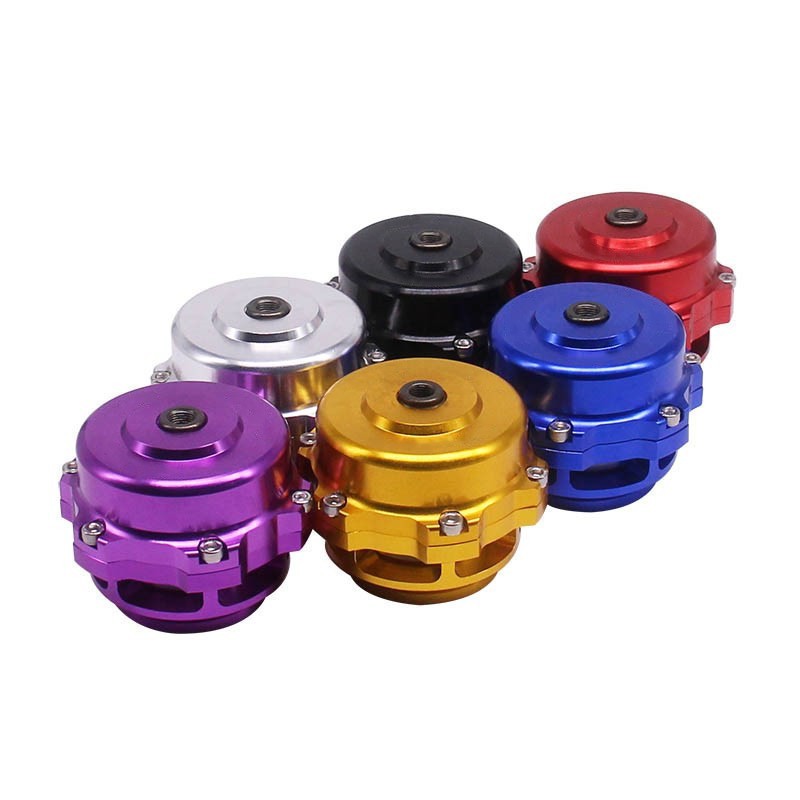
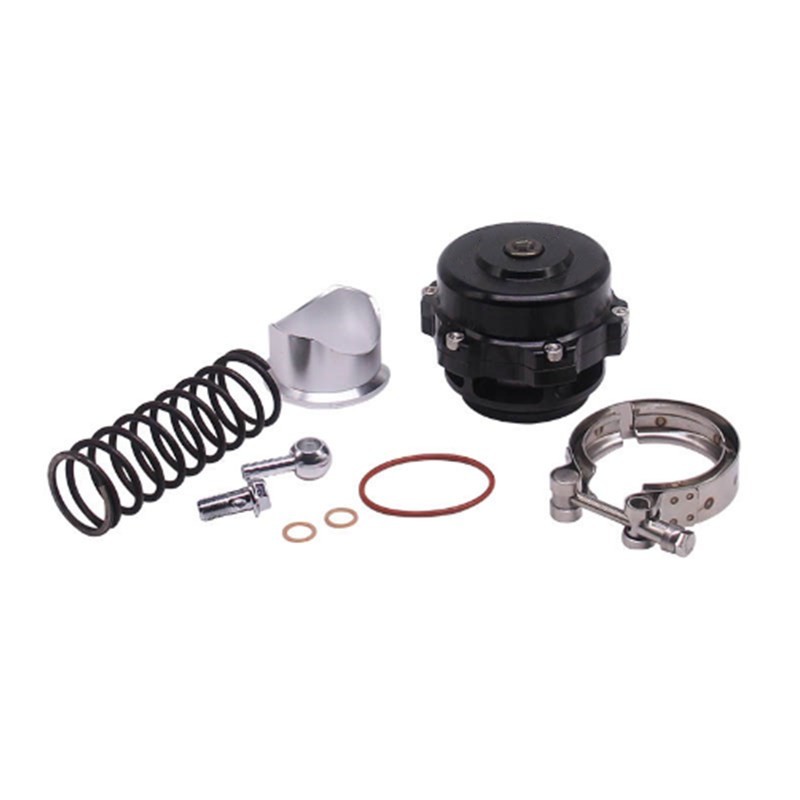

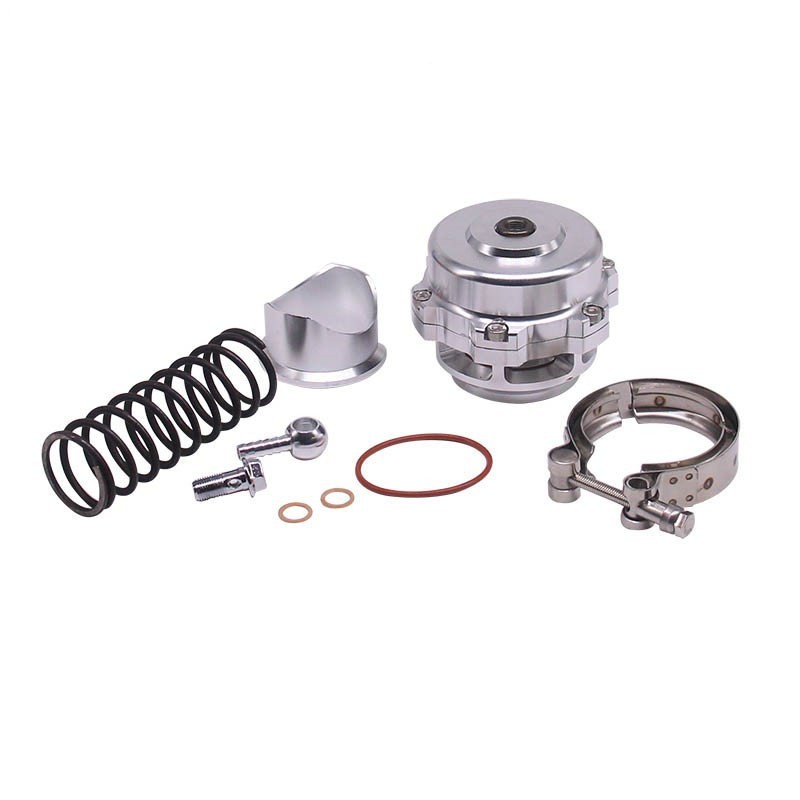

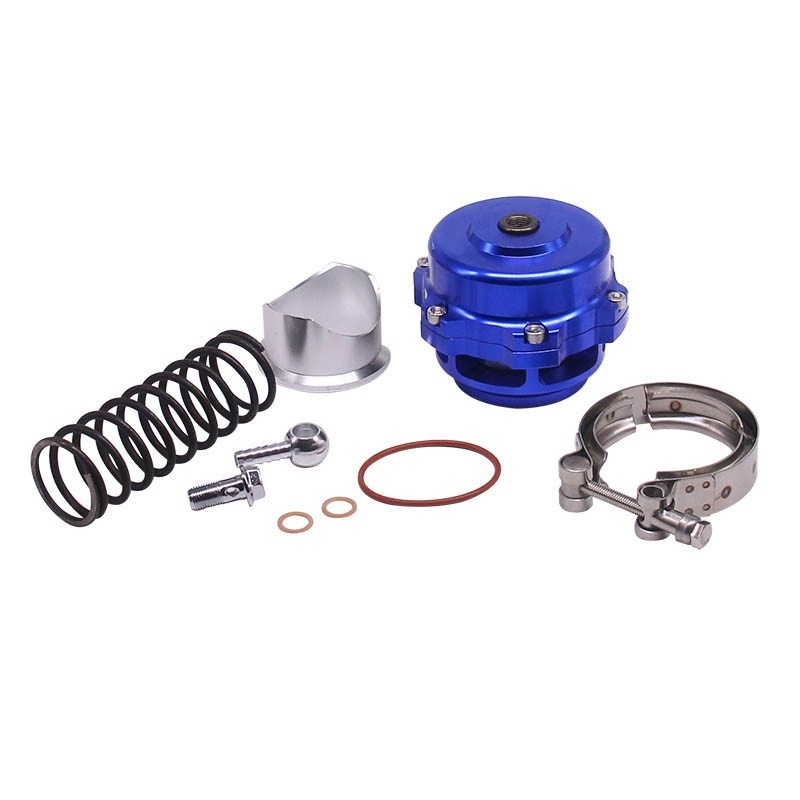
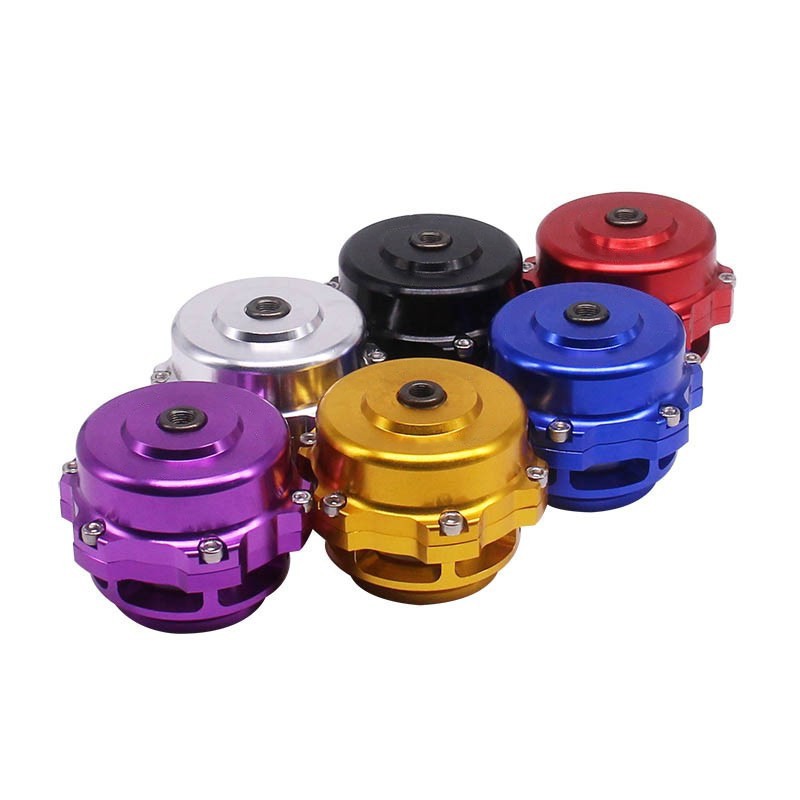
Retrofitting The Automobile Spring Bypass Valve To A Blowdown Valve
Approx $72.70 USD
Retrofitting the Automobile Spring Bypass Valve to a Blowdown Valve: Enhancing Performance and Efficiency
Retrofitting an automobile’s spring bypass valve to a blowdown valve is a specialized procedure that can significantly enhance the vehicle's performance, improve exhaust management, and reduce wear on critical components. This process involves replacing or modifying the existing spring bypass valve to a blowdown valve, which plays a crucial role in controlling the pressure and airflow in automotive systems, especially in turbocharged engines or systems with high boost pressures.
In this guide, we will explore the benefits of retrofitting the spring bypass valve to a blowdown valve, the necessary steps for performing this retrofit, and how it can improve overall vehicle efficiency, fuel economy, and performance. Whether you're an automotive enthusiast or a professional technician, this retrofit offers a cost-effective way to optimize your vehicle’s exhaust system for better power output and longevity.
H2: What is a Spring Bypass Valve and Blowdown Valve?
Spring Bypass Valve
A spring bypass valve, often found in turbocharged engines, is designed to manage excess pressure in the intake system. It is a spring-loaded valve that opens when pressure within the intake manifold reaches a certain threshold, diverting excess pressure away from critical engine components. This helps to prevent damage and ensures optimal engine performance.
Blowdown Valve
A blowdown valve, on the other hand, is typically used in systems that need rapid and controlled venting of excess pressure. Unlike the spring bypass valve, which operates continuously and adjusts to varying pressure levels, a blowdown valve is designed for high-pressure discharge at a specific point to rapidly vent gases. It is commonly used in high-performance engines, particularly in racing or vehicles with significant forced induction (turbochargers, superchargers).
H2: Why Retrofitting a Spring Bypass Valve to a Blowdown Valve Can Improve Your Vehicle
Retrofitting the spring bypass valve to a blowdown valve can offer a range of performance and efficiency benefits. Let’s take a closer look at some of the key advantages:
1. Improved Exhaust Management
A blowdown valve allows for more precise control of exhaust gases, ensuring they are vented at the right time and in the right quantities. In forced induction systems, such as those with turbochargers, managing exhaust gases efficiently is essential for maintaining performance. A blowdown valve can help alleviate turbo lag, allowing the turbocharger to spool faster and providing quicker throttle response.
2. Enhanced Engine Performance
By retrofitting to a blowdown valve, the engine's turbo or supercharged system can release pressure more effectively. This reduces the risk of compressor surge, which can occur when the turbocharger’s compressor wheel stalls due to excess pressure. Blowdown valves ensure that any excess pressure is vented quickly, improving the overall flow of air through the engine. This leads to smoother, more consistent power delivery, especially under high load conditions.
3. Reduced Wear on Components
The spring bypass valve, while effective for basic pressure control, may not be as effective under high-performance conditions. A blowdown valve, by contrast, is engineered to handle rapid and high-pressure exhaust discharge, reducing the likelihood of wear and tear on the turbocharger, intercooler, and intake components. This is particularly important in performance cars or modified vehicles where high boost pressures are commonplace.
4. Better Fuel Efficiency
With improved airflow and pressure control, your engine will operate more efficiently. A blowdown valve allows for more precise regulation of the boost, which can help optimize fuel combustion. As a result, retrofitting can lead to slight improvements in fuel economy, particularly in vehicles with forced induction systems that regularly operate at higher boost pressures.
5. Reduced Turbo Lag
Turbo lag, the delay between pressing the accelerator and the turbocharger's response, can be mitigated by using a blowdown valve. The blowdown valve ensures that excess pressure is released quickly, allowing the turbo to spool up faster, thereby reducing lag. This translates into improved throttle response, making the vehicle feel more responsive and agile, especially in high-performance driving situations.
H2: The Retrofitting Process: How to Convert a Spring Bypass Valve to a Blowdown Valve
Retrofitting the spring bypass valve to a blowdown valve involves several key steps. It’s important to note that this modification requires a moderate level of mechanical knowledge and experience with automotive systems. If you're unfamiliar with turbo or supercharged engine systems, it’s best to seek professional help for the retrofit.
Step 1: Assess Compatibility
Before beginning the retrofit process, ensure that your vehicle’s turbo system is compatible with a blowdown valve. Not all systems are designed to accommodate a blowdown valve, and modifying certain parts could void warranties or cause other complications. A professional mechanic or technician can assess whether your system needs any additional components to support the retrofit.
Step 2: Remove the Spring Bypass Valve
Start by disconnecting the battery to ensure safety. Then, carefully remove the existing spring bypass valve from the intake system. This may involve disconnecting several hoses, electrical components, and vacuum lines that connect the valve to the rest of the engine. Take care to keep track of these components, as you will need them to install the blowdown valve.
Step 3: Install the Blowdown Valve
Install the blowdown valve in the same location as the spring bypass valve. The blowdown valve will require a proper mounting position, so ensure that it is securely fastened and aligned with the intake and exhaust lines. This step may also involve modifying or replacing certain pipes or hoses to ensure a proper fit.
Step 4: Connect and Test
Once the blowdown valve is securely in place, reconnect any hoses, electrical connectors, and vacuum lines. Perform a thorough check to ensure that there are no leaks or loose connections. After verifying the installation, start the engine and test the vehicle under various driving conditions to ensure that the blowdown valve is functioning as expected.
Step 5: Fine-Tune and Adjust
Finally, fine-tune the blowdown valve if necessary. Some blowdown valves come with adjustable pressure settings, allowing you to control the
point at which the valve opens. Adjust the settings to ensure that the valve responds at the right pressure to maximize performance.
Description
Material;Metal
Product Attributes;Ordinary
Package Size;260*160*100(1mm)
Product information:
Application vehicle model: Universal
Color classification: black, blue, red, purple, silver, gold
Size: 50MM
Product material: aluminum alloy
Product features:
The so-called pressure relief valve device is a device that prevents compressed air from the turbine from running away in the opposite
direction of the turbine through the suction pipe when refueling is stopped. If the pressure valve device is not loaded or unloaded, the
phenomenon of turbine blades being damaged by impact may occur. The exhaust sound with strong impact charm and smooth emissions, using a
shiny aluminum alloy body, is the most eye-catching feature and durability in the engine compartment
Pressure relief valve * 1set
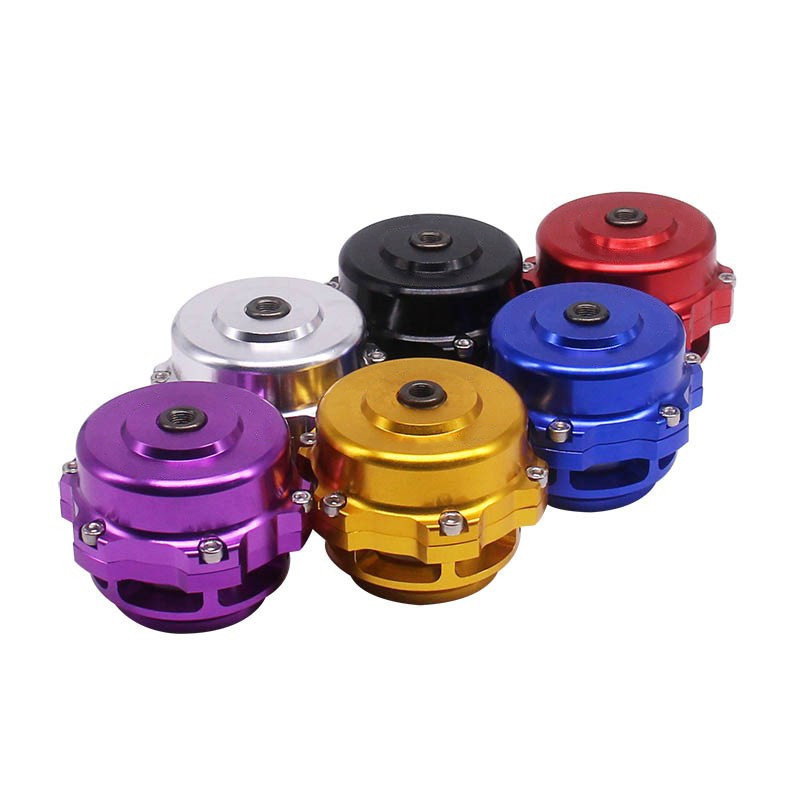
The product may be provided by a different brand of comparable quality.
The actual product may vary slightly from the image shown.

.webp)
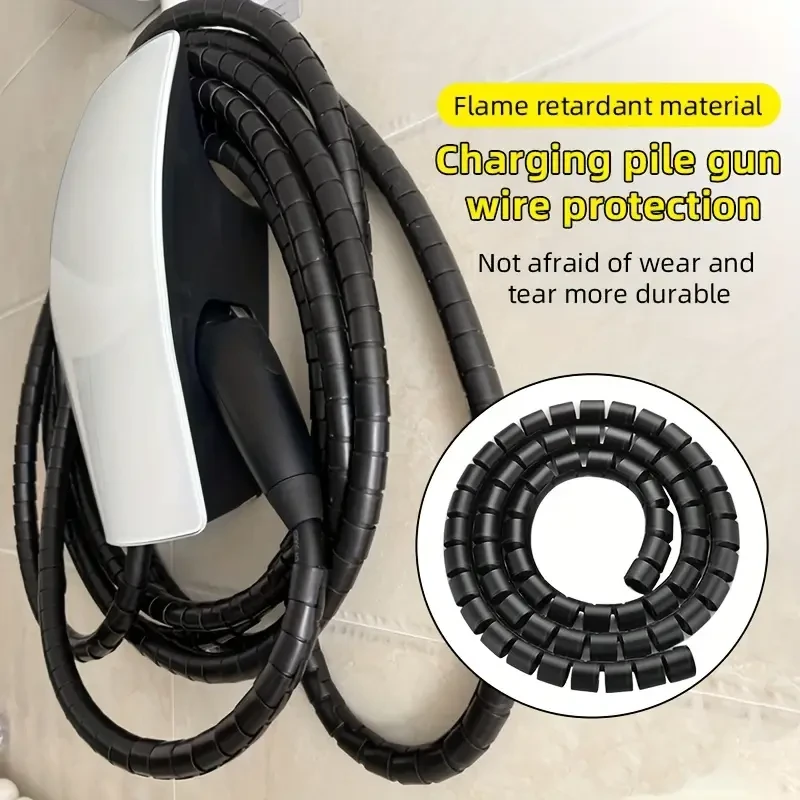
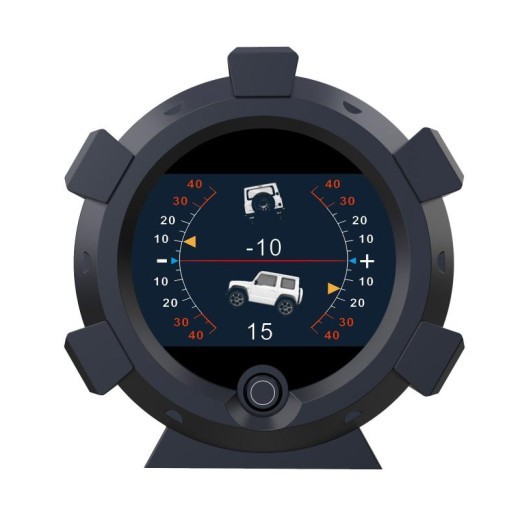
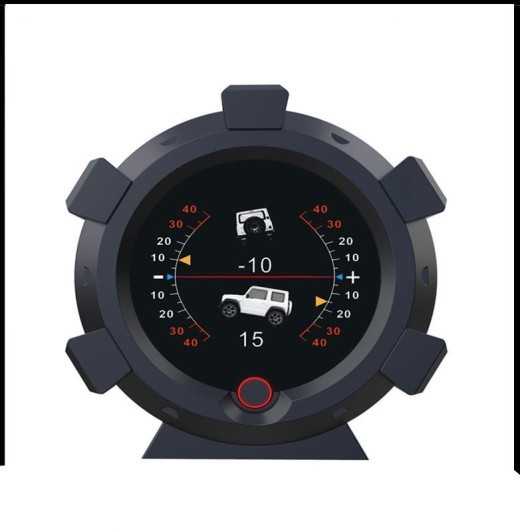

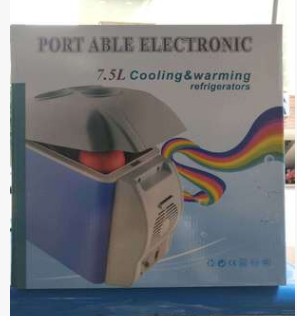
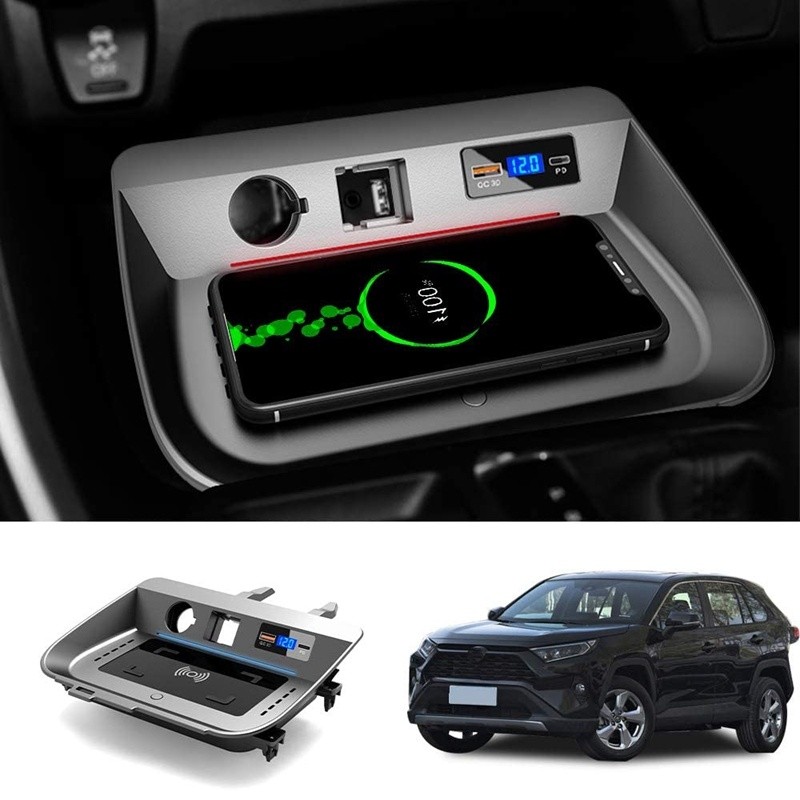
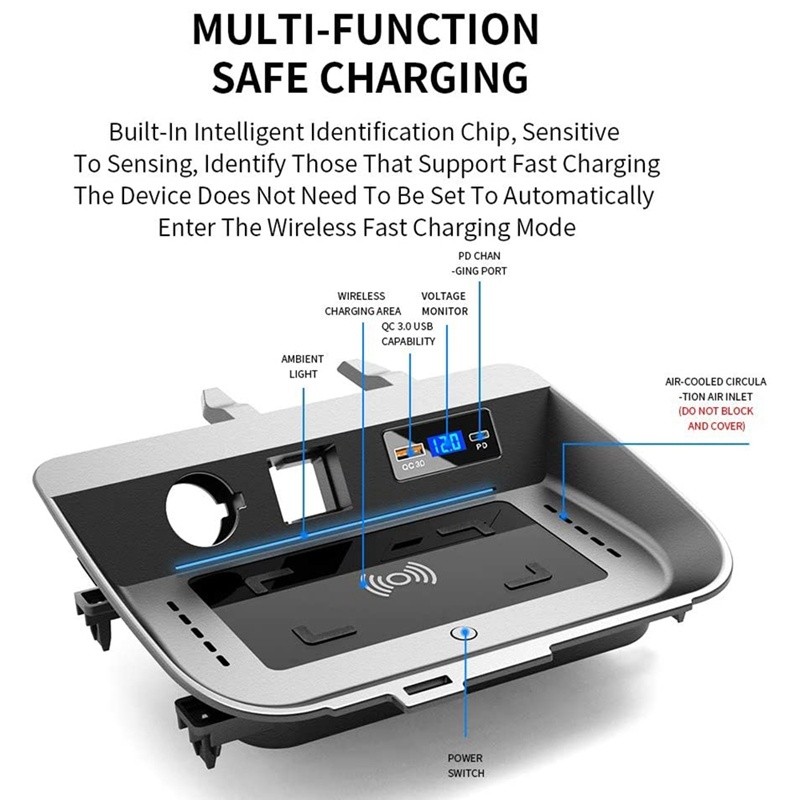


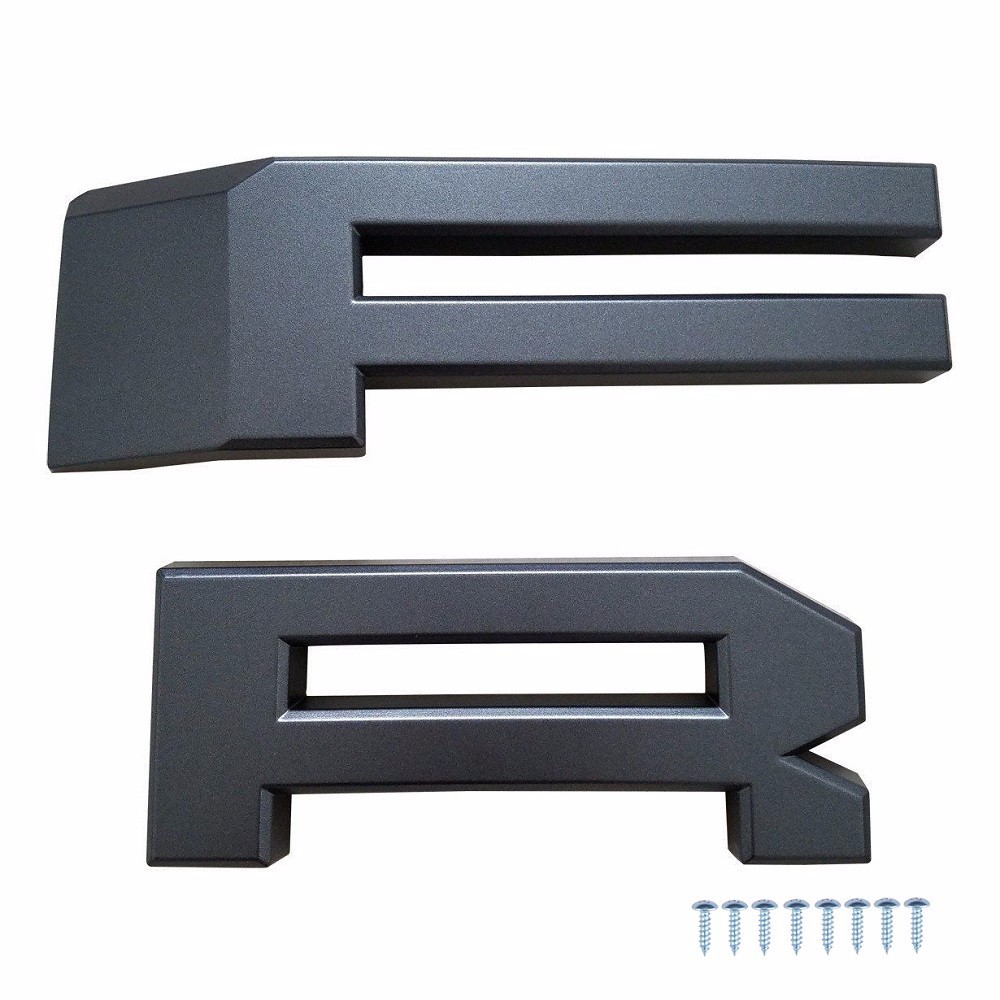
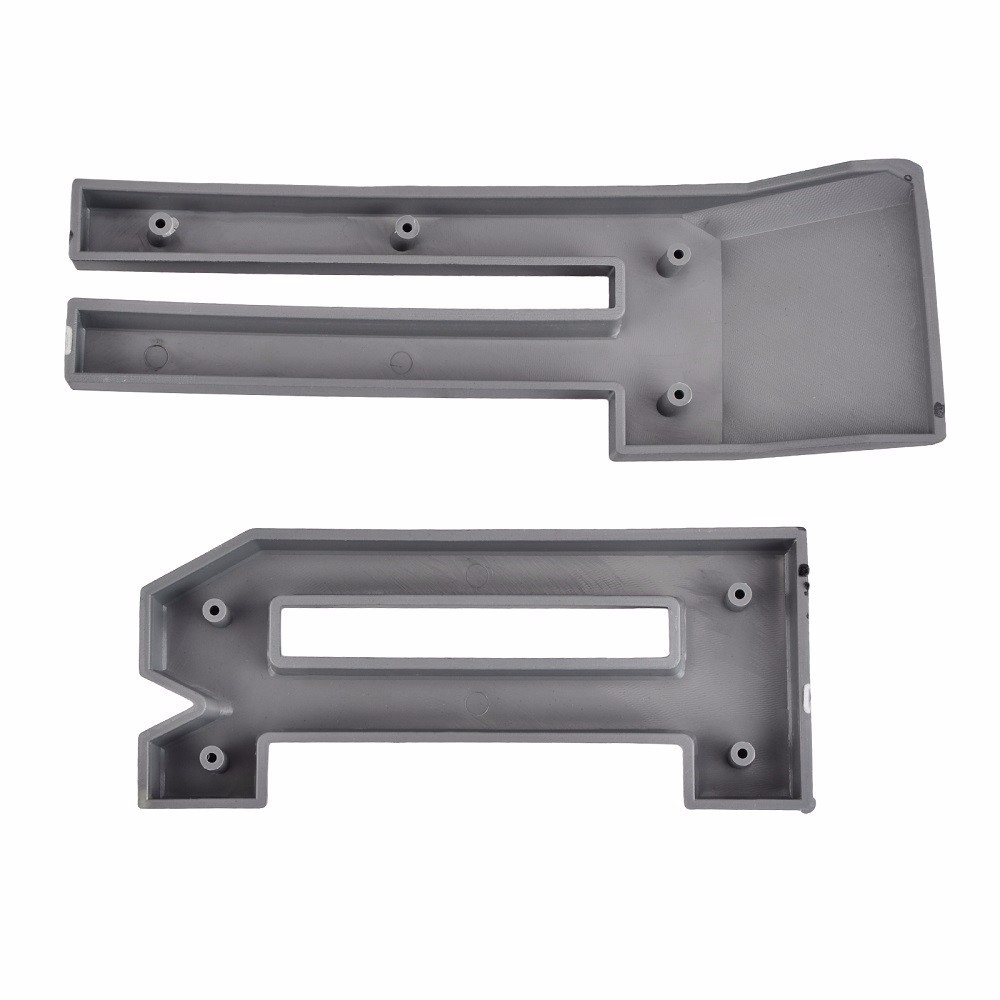

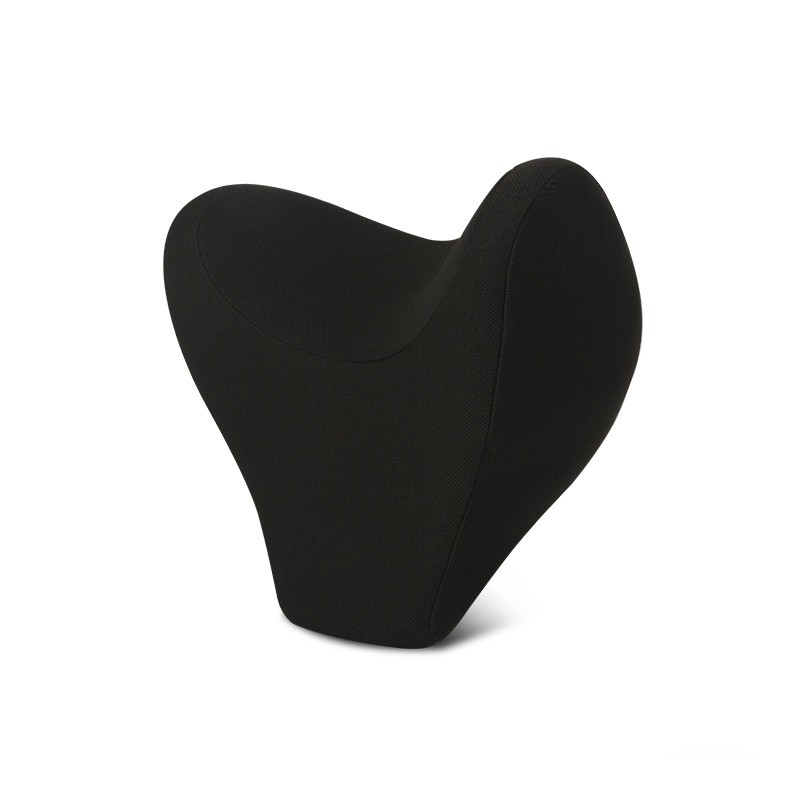




.jpg)









.jpg)





.jpeg)





.jpeg)



.jpeg)








.jpeg)



.jpeg)

.jpeg)

.jpeg)

.jpeg)




.jpeg)
.jpg)

.jpeg)






.jpeg)
.jpeg)




.jpeg)





.jpeg)


.jpeg)

.jpeg)

.jpeg)

.jpeg)







.jpeg)
.jpeg)
.jpeg)





.jpeg)



.jpeg)






.jpg)
.jpeg)









.jpg)


ulva-Logo.jpg)




.jpeg)



.png)






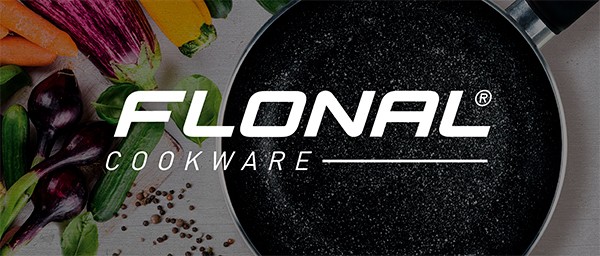

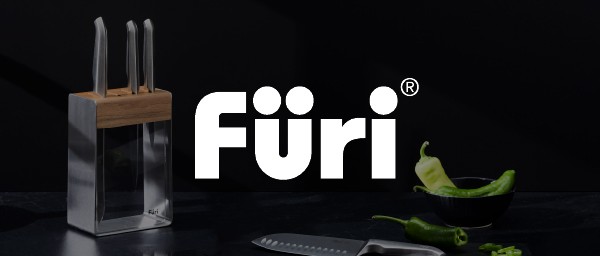






.png)























